Irrigation Sprinkler
Irrigation sprinkler is an important fitting in drip irrigation for the application of water and fertilizers in a controlled manner.
- Plants, like humans, need to take food (nutrients) and water in appropriate proportion and this is exactly what irrigation sprinklers do.
- Using this product, we are sure you will experience higher crop productivity and profitability.
Features of irrigation sprinkler
- Easy to install & dismantle.
- Easy visual operation.
- Comes in 1/2-inch or 1-inch sizes
- Can cover 3-4 meters
- Low operation pressure, thus energy saving.
- Environment-friendly.
- Avoids leaching of soil & fertilizers in groundwater.
- Long life span, durable, and resistant to adverse weather conditions.
- Creates optimal microclimatic conditions.
Drip Irrigation Systems
Drip irrigation is sometimes called trickle irrigation and involves dripping water onto the soil at very low rates from a system of small diameter plastic pipes fitted with outlets called emitters or drippers.
Water is applied close to plants so that only part of the soil in which the roots grow is wetted, unlike surface and sprinkler irrigation, which involves wetting the whole soil profile. With drip irrigation water, applications are more frequent (usually every 1-3 days) than with other methods and this provides a very favorable high moisture level in the soil in which plants can flourish.
Advantages of Drip Irrigation
- Fertilizer and nutrient loss is minimized due to a localized application and reduced leaching.
- Water application efficiency is high if managed correctly.
- Field leveling is not necessary.
- Recycled non-potable water can be safely used.
- Moisture within the root zone can be maintained at field capacity.
- Soil type plays a less important role in the frequency of irrigation.
- Soil erosion is lessened.
- Weed growth is lessened.
- Water distribution is highly uniform, controlled by the output of each nozzle.
- Labor cost is less than other irrigation methods.
- Variation in supply can be regulated by regulating the valves and drippers.
- Fertigation can easily be included with minimal waste of fertilizers.
- Foliage remains dry, reducing the risk of disease.
- Usually operated at a lower pressure than other types of pressurized irrigation, reducing energy costs.

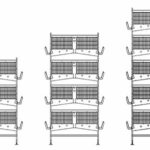


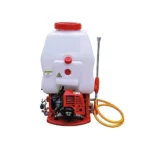
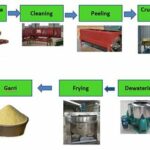
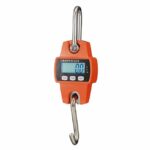
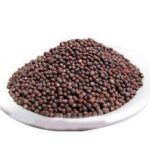





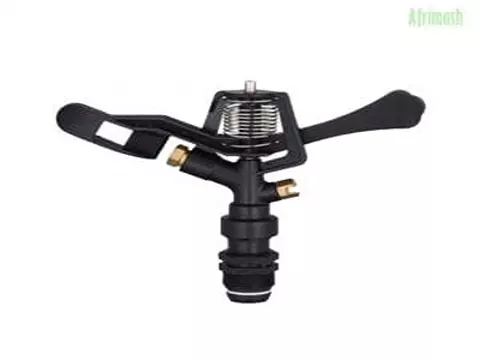




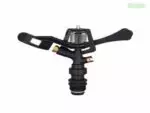




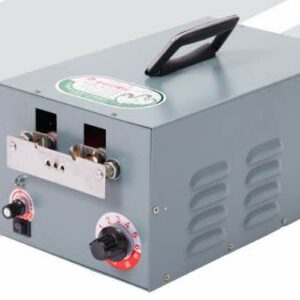

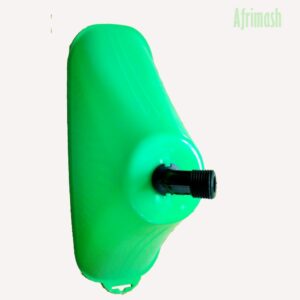
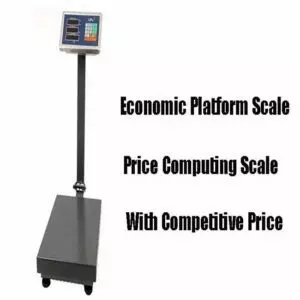

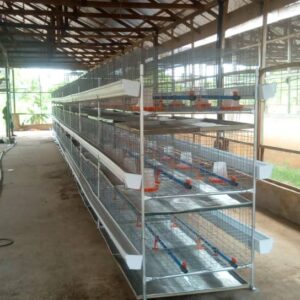
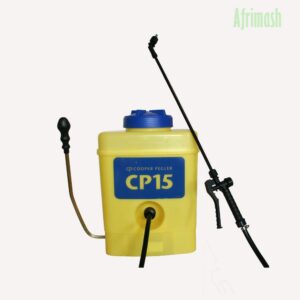
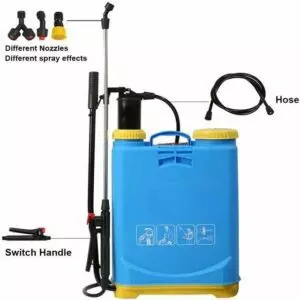
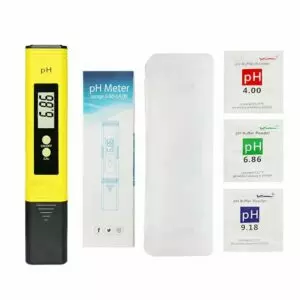

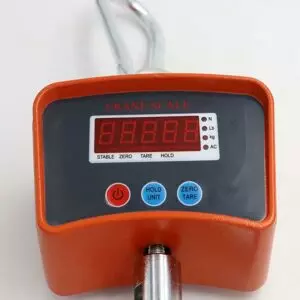
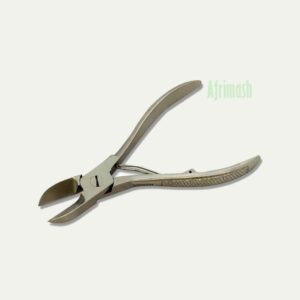
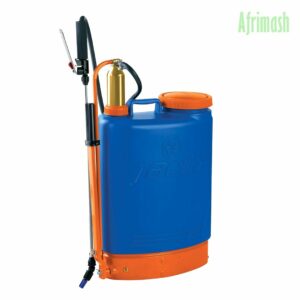

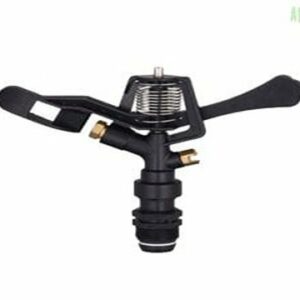
Reviews
Clear filtersThere are no reviews yet.